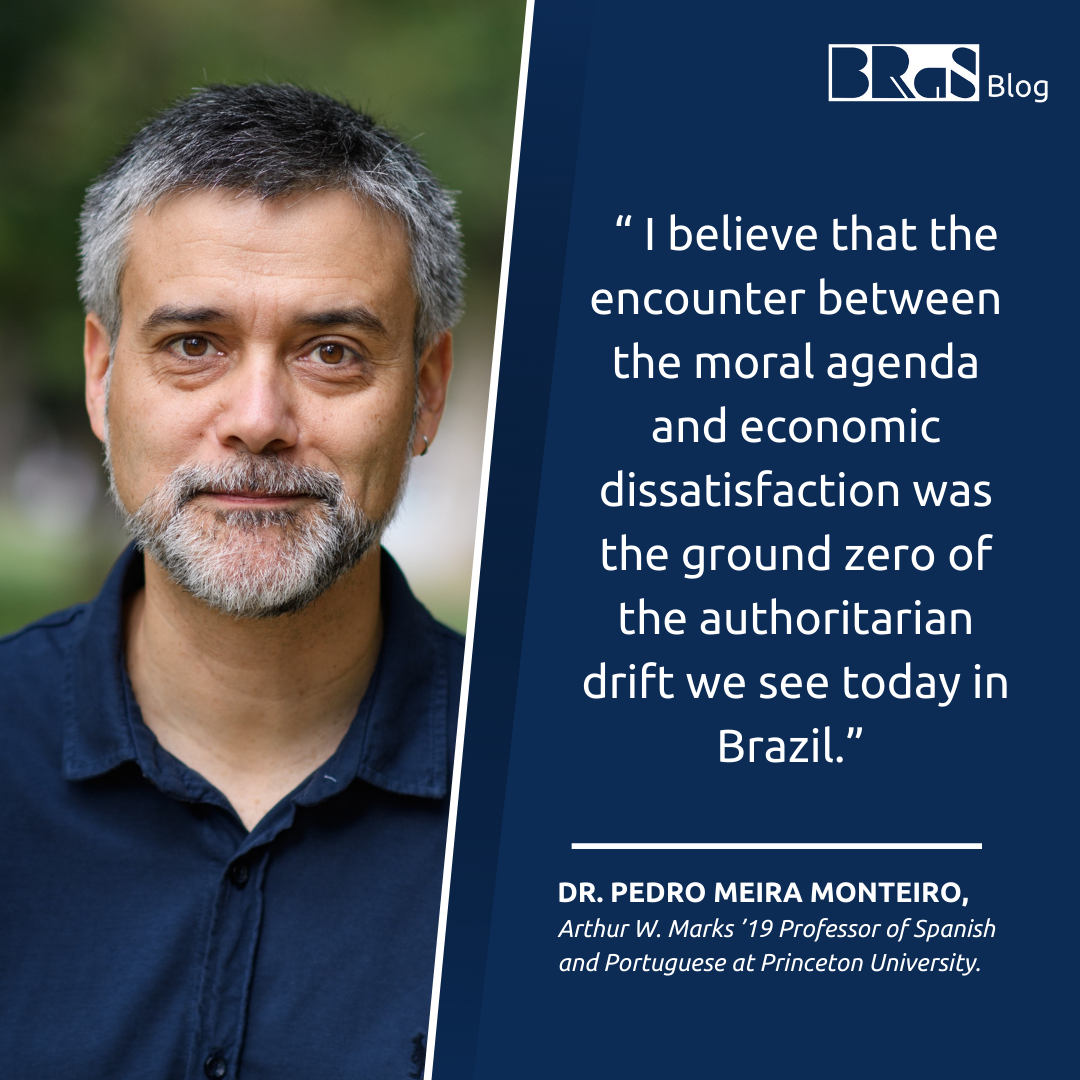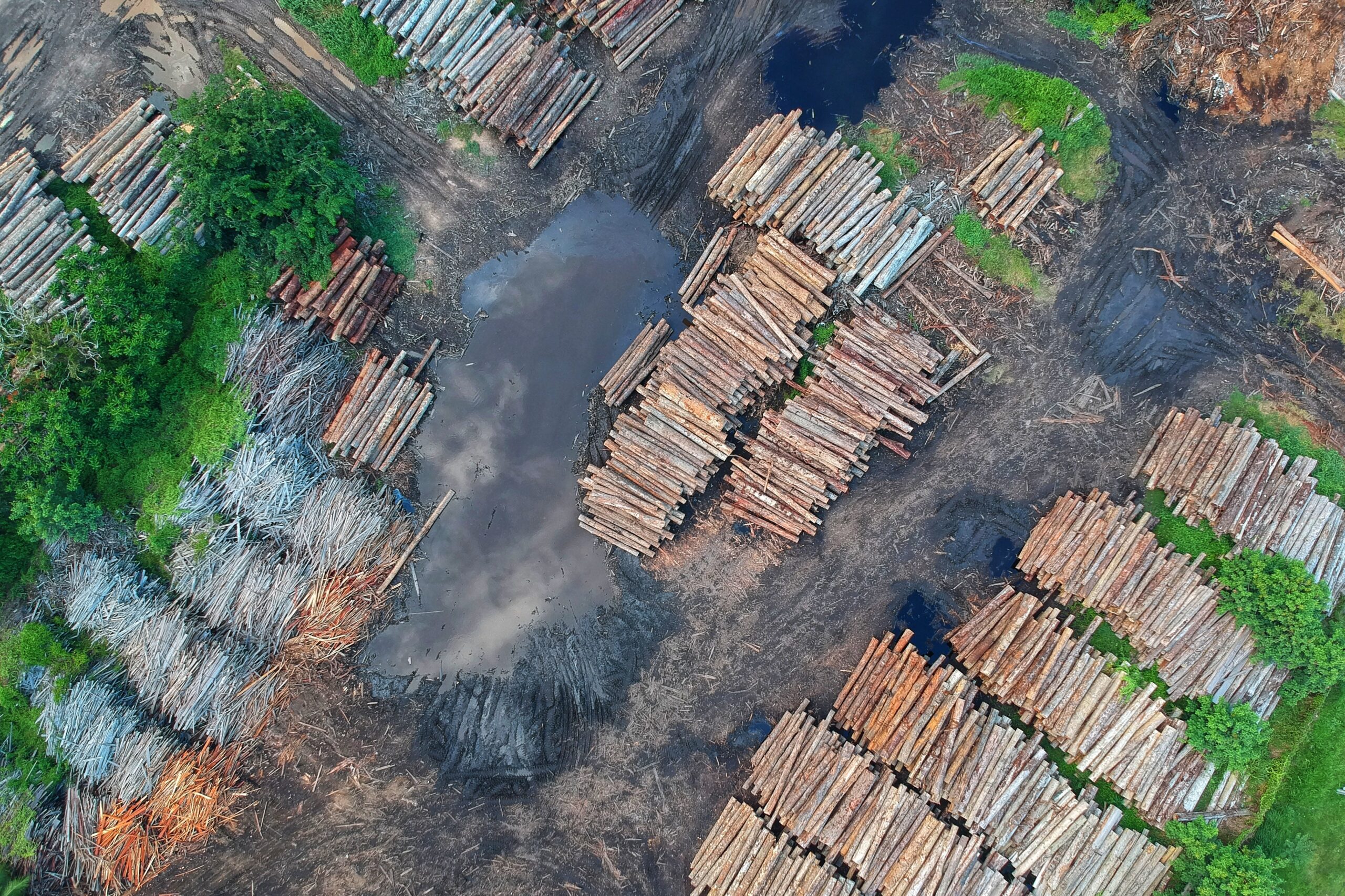by Caroline Silva and Helder de Melo Moraes
Reviewed by Matheus Lucas Hebling
The concern with the environment brings with it questions about actions that can be taken so that a realistic and positive view about the environment begins to be created. The report “The road to dignity until 2030: ending poverty, transforming all lives and protecting the planet” developed by the UN, highlights sustainability and development (POTT, ESTRELA, 2017, p. 271).
Communication plays a prominent role in this journey, aiming to awaken people’s attention to the importance of the subject.
The great current challenge is not only to create advertising campaigns and marketing strategies that address the importance of this topic but on how to generate awareness and a change in mentality that results in the short, medium, and long term. This involves a cultural process, that is, a change in the habits of citizens that must begin in basic education.
One hypothesis to bring improvements to the environment is the use of advertising communication, through education in the school environment whose consequence is the awareness that generates the attitude of preservation. To understand the relationship between environment, communication, and education, it is necessary to understand how the discourse of environmental preservation and its reality was formed today. Between the 50s and 60s, environmental preservation was more deeply inserted into society, ceasing to be a subject only addressed by scholars in the field. “Until the ’50s, of the last century, the social concern with the preservation of nature was practically an isolated subject, only of interest to nature lovers and the scientific community” (FRANCE; NETO, 2015, p.393).
This change began in 1962 when Rachel Carson published the book Silent Spring. Rachel was trained in zoology at Johns Hopkins University in 1932, and during the depression, she was hired by the US government to write newsletters and radio and also wrote articles on natural history for The Baltimore Sun. (JACOBI, 2005) In her book, Rachel Carson talks about how all life has been silenced by DDT, raising criticism of environmental irresponsibility. Since the publication of the book, environmental awareness has increased. In the late 1950s and early the 60s, groups that fought against consumerist ideals and modern society also joined the struggle in favor of environmental preservation, associating the ideas of the time as major influencers of environmental degradation. When the book Silent Spring was published, it made a direct criticism of the use of the pesticide DDT and its consequences, resulting in the prohibition of the use of dichloro-diphenyl-trichloroethane (DDT), however, with time other environmental problems arose. Currently, several problems affect the environment, with several consequences.
There is a large investment in projects and campaigns by NGOs aimed at environmental preservation. WWF alone has invested more than U $ 1.165 million in more than 11 projects carried out in 130 countries around the world since its foundation in 1985. This is just one example of hundreds of NGOs around the world, however, the great challenge for these organizations is to raise awareness effectively, and for that, we find in education a way to build new positions and behaviors. For there to be awareness, the individual must first be educated. It can be understood that “it is the work of true education to develop this faculty, to prepare young people to be thinkers and not mere reflectors of the thoughts of others.” (WHITE, 1977, p.17).
For Piaget, education has as main objective to generate new and creative actions, inventing and discovering things, failing to repeat what in the past was done by common sense, and being critical (PIAGET, 1969). Communication can induce reflection and transformation of thinking and assist in educational training, which in turn can encourage change in habits and training, not only individuals technically prepared for work, but men and women endowed with critical awareness and consequently the change of thought, thus building a harmonious coexistence in the environment in which he lives.
Communication went through several moments, which determined the way it is structured and how society interacts. Oral communication is the longest and most fundamental phase of communication because through it, the act of sharing began (SOUZA, 2013, p.13).
Analyzing the first moment of communication in parallel with the way society is structured, we find in the school environment the characteristics described by Souza.
However, in addition to analyzing how communication is expressed, it is necessary to analyze the environment. The theory that “the medium is the message” is based on the studies by McLuhan (1964), in this theory, the author presents how the change in the medium that the message is propagated changes society. For McLuhan (1964), each means of communication directly influences the interpretation of the message. (MCLUHAN, 1964, p.21). Applying McLuhan’s theory (1964) in the context of communication/education, we started to consider the school environment as a means that has its singularities and characteristics for structuring communication. “The School cannot continue to be just a place of instruction, but it must also be a place in which to personalize, socialize and educate.” (COSTA, 1999, p.15). The act of personalizing has the consequence of directly influencing the formation of the individual’s conscience, such influences are not restricted to short-term decisions, but long-term behavior changes. Baccega states that: The communication/education encounter leads to a new meta-meaning, reshaping the senses, increasingly demanding the ability to think critically about reality, to be able to select information (available in increasing numbers thanks to technology) and to interrelate knowledge. (BACCEGA, 2005, p.9)
The ability to think critically described by Baccega is what is meant by education, that is, the school is a communicational environment that generates education, this education is not limited to technical content, but expands to the social scope.
Visiting the literary works on this important topic, one can see in the light of renowned authors, who find gaps to be filled, in the use of communication in school education aimed at building habits in environmental preservation. These gaps can be filled in how the speeches will be made and how communication will be used with the target audience. This article is not intended to end in itself, but to encourage discussions and encourage research on the topic to strengthen studies in this area.
More on
BACCEGA, M. A “Communication / Education: A field in action.” Proceedings of III Sopcom, VI Lusocom and II Ibérico 4 (2005): 383-393.
COSTA, J. A. “The role of the school in today’s society: implications for the teaching of science.” Millennium, 1999.
SOUSA, M. W. de. Communication and education: between means and mediations. Research notebooks, n. 106, p. 9-26, 2013.
McLUHAN, M. The media: as extensions of man. Cultrix Publisher, 1964.
NETO, L. T. S .; FRANCE, J. P. de. The Ecological School Calendar: An Environmental Education Experience in Elementary School I. HOLOS, v. 6, 2015.
PIAGET, J. Psychology, and Pedagogy. Rio de Janeiro: Forensics, 1969.
POTT, Crisla Maciel; ESTRELA, Carina Costa. Environmental history: environmental disasters and the awakening of new thinking. Estud. av., São Paulo, v. 31, n. 89, p. 271-283, Apr. 2017.
WHITE, E. G. Education. 5. ed. Brazilian Publishing House, 1977 p. 17.








